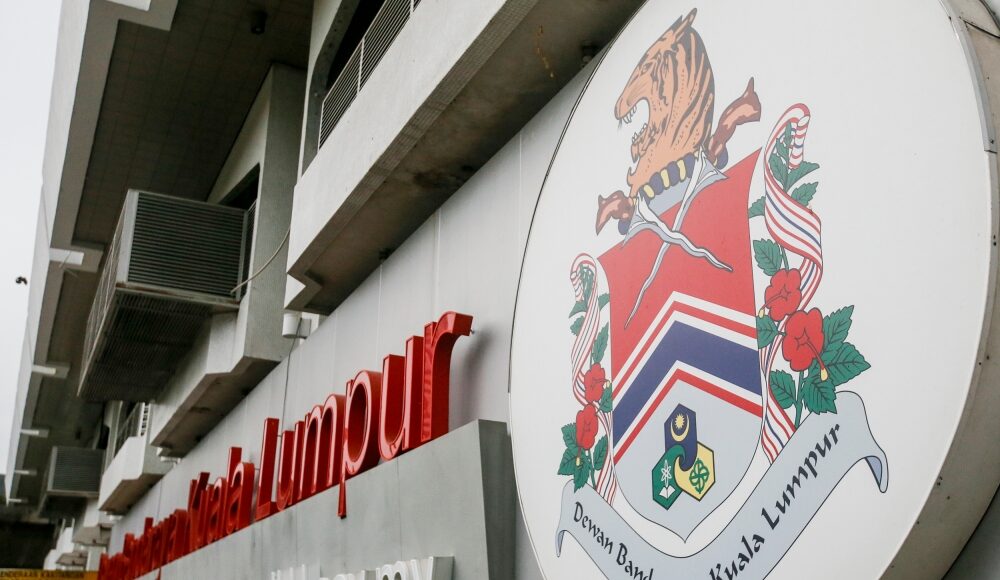APRIL 1 — A tort is a wrong, but of a civil nature. It is not a crime, which is an offence punishable by law.
A crime is an offence against the public and renders the person who is guilty of the act or omission liable to legal punishment.
The same act or omission may be both a crime and a tort, for the duty giving rise to a claim for damages in tort may also be a duty imposed for the benefit of the public, a breach of which attracts a criminal liability.
In other words, a tort is a civil wrong, but other than a breach of contract, which is also civil as opposed to criminal, in nature.
So, a tort is a wrongful act or an infringement of a right (other than under contract) leading to legal liability. (Oxford Languages, the world’s leading dictionary publisher, with over 150 years of experience creating and delivering authoritative dictionaries globally in more than 50 languages.)
The term derives from Latin tortum, meaning “something twisted, wrung, or crooked.” As definition above indicates, it encompasses only those civil wrongs independent of contracts.
In tort, there is a victim who suffers an injury or damage to his person or property. This gives the victim a right to start an action in a civil court for remedies because of the injury or damage.
There is also a tortfeasor, the wrongdoer who causes injury or damage to the victim.
In tort, there is a cause of action in the victim against the tortfeasor. A cause of action is a factual situation the existence of which entitles a party (the Plaintiff) to start an action in a court for remedies against another party (the Defendant).
The Plaintiff must have locus standi, which in simple terms is the right to bring a legal action in a court of law, or to appear in a court.
That is why, the Plaintiff is the victim in the court action and no one else.
The second report was made by another DBKL enforcement officer for threats on Facebook, with the case being investigated under Section 505 (b) of the Penal Code and Section 233 of the Communications and Multimedia Act 1998. — Picture by Hari Anggara
In the incident involving a scuffle between Kuala Lumpur City Hall (DBKL) enforcement officers and a balloon hawker in Jalan Tuanku Abdul Rahman (TAR), which went viral, reportedly three police reports have been made.
Kuala Lumpur deputy police chief Datuk Azry Akmar Ayob said the first police report was made by a DBKL enforcement officer, and an investigation paper was opened under Section 186 of the Penal Code for obstructing the duties of a public servant.
The second report was made by another DBKL enforcement officer for threats on Facebook, with the case being investigated under Section 505 (b) of the Penal Code and Section 233 of the Communications and Multimedia Act 1998.
The third report was made by the balloon vendor’s mother, who stated that her son had suffered injuries as a result of the struggle that occurred, and the police had opened an investigation paper under Section 325 of the Penal Code.
The three reports inform us that the alleged scuffle causing injuries to the balloon vendor may be both a crime and a tort.
As for the alleged crime, let the police do their job.
As for the tort, the balloon vendor is the victim. It is for him to start a civil action against the tortfeasor or tortfeasors and the DBKL for being vicariously liable.
Curiously, someone other than the victim has cried “See you in court” over the scuffle.
As the Malay saying goes: Jangan lebih sudu daripada kuah.
With apologies to the English teachers, let not there be more spoons than gravy.
** This is the personal opinion of the writers or publications and does not necessarily represent the views of Malay Mail.





